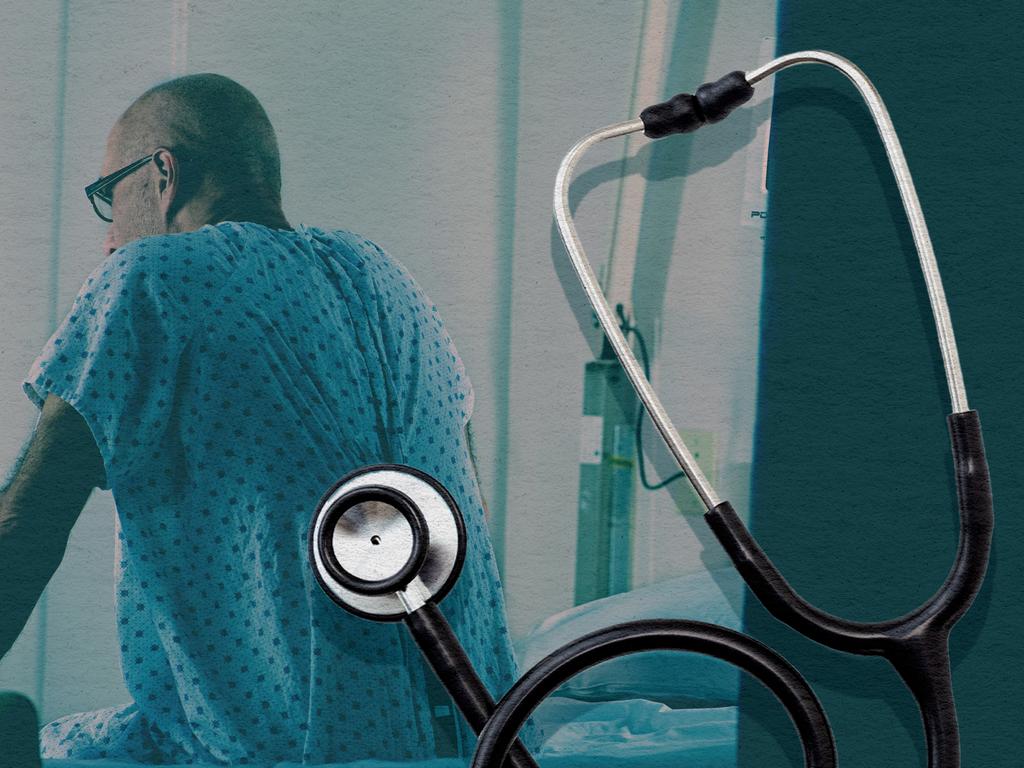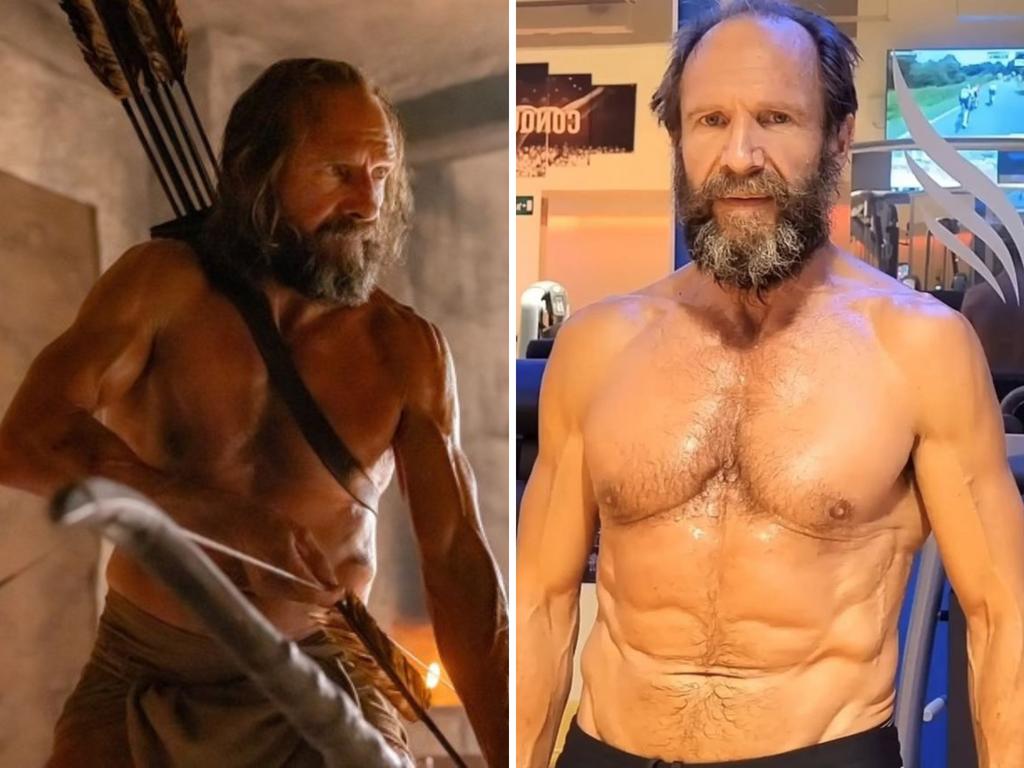How to get a beach body in six weeks: guide for men
Get in shape and shed up to 6kg with this diet and exercise plan for midlife men.
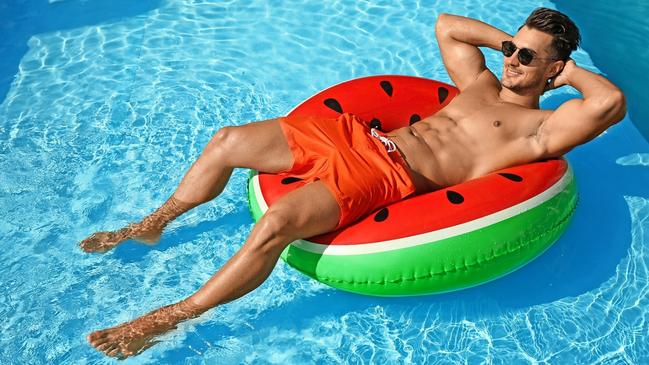
If the thought of going shirtless on holiday makes you feel uncomfortable, you might be relieved to learn there is still time to blast away the paunch and get in better shape. In as little as six weeks, a middle-aged man could, with a carefully planned program of exercise and nutrition, shed up to a stone in weight.
From the forties onwards, gradual reductions in activity and a decline in testosterone levels can lead to creeping pounds, a rise in belly fat and more fatty tissue deposited around the chest, aka moobs. You might think it’s unsightly but the main concern is that it’s unhealthy. Visible belly fat often correlates with hidden visceral fat, the deeply embedded and dangerous variety that wraps around internal organs. And a study in BMJ Open warned that men with “man boobs”, often a result of obesity and weight gain, might be at a 37 per cent higher risk of dying by the age of 75 than those without.
When it comes to shedding body fat, many men make common mistakes, says Adam Enaz, a personal trainer and registered clinical dietitian.
Until recently, Enaz worked in the NHS, where he specialised in helping people with type 2 diabetes get their diets on track.
Now, with more than 20,000 followers on Instagram and a month-long waiting list for his online nutrition plans, he guides clients, the majority of whom are 40-plus, to transformational weight loss.
Enaz insists there is no need for men to starve themselves or even to take weight-loss drugs and that most can achieve a leaner physique by summer if they follow his healthy and sustainable nutrition rules alongside the workout plan devised by the personal trainer Harry Jameson.
“Eating the right way while following an exercise program with some resistance training is essential for fat loss,” he says. “You need a diet that is nutritious but sustainable as losing weight too quickly can cause fatigue and muscle loss.”
How much you can expect to lose in six weeks depends on where you start from, but if you are diligent Enaz says some men could lose almost a stone (about 6kg).
“It’s realistic to lose 0.5-0.75kg, or 1-2lb, a week which equates to about 6-12lb in six weeks,” he says. “Everyone will be different but the key thing is that you stick to the plan consistently and results will come.”
Here’s what you need to know.
1. Aim for a daily intake of 1700-1900 calories (7113-7950kJ)
You need to eat less to lose weight. “When middle-aged clients wonder why they are not shedding weight it comes down to two things they are doing wrong,” Enaz says. “First, they think that a bit of cardio and strength training will shed their body fat, but exercise is a small part of the equation and not enough on its own. Second, they are typically consuming 2200-2800 calories a day but you do need to eat less to lose weight.”
According to the NHS the average man needs to reduce his daily energy intake to about 1,900 calories in order to lose weight.
“That’s a broad figure and smaller men will need closer to 1700 calories a day,” Enaz says. “You need to eat less than you probably think, but not too little.”
Starving yourself is counter-productive. In a 2021 study researchers at the Technical University of Munich showed that under-fuelling hampers both energy levels and resistance training gains.
2. Reduce excess dietary fats – even the ‘healthy’ ones
Most of us know that cutting down on high-fat foods such as butter, cheese and cream will help with weight loss. But while healthy fats in foods such as avocados, nuts or oils, including olive, avocado and nut oils, do play a role in testosterone production and muscle growth, we shouldn’t consume too many of them.
“A lot of people mistakenly think they need to eat more healthy fats to lose weight, but that’s not the case,” Enaz says.
“All fats are calorie dense and while it is better to opt for the healthy variety, a drizzle of olive oil with meals or one tablespoon of nut butter with celery or apple as a snack are the levels we should be aiming for.”
3. Eat three meals a day to support your fitness routine
“Eating regularly throughout the day and sticking to well-structured meals is a very important part of the process,” Enaz says.
“Planning ahead is also essential, so make sure your fridge and cupboards are well stocked with healthy foods.”
As a guide, Enaz recommends allocating about 350 calories for breakfast, 500 calories each for lunch, which should ideally comprise a protein source, some healthy carbs and plenty of salad or veggies, and dinner.
“That comes in at a total of 1350 calories, which then means you can have three snacks when you need them,” he says.

4. Delay breakfast until at least 11am
Enaz is a fan of time-restricted eating and recommends delaying breakfast until 11am-noon if it suits.
“It’s entirely personal, but a lot of my clients are not hungry first thing and so eat their breakfast late morning,” he says. “It does make managing the restricted calories easier over the rest of the day.”
When it comes to breakfast choices, he suggests a serving of 30g oats (70g cooked weight), either as porridge or bircher muesli, with berries or a banana and one tablespoon of nut butter. Another option is two eggs with a piece of wholegrain toast and one quarter of an avocado.
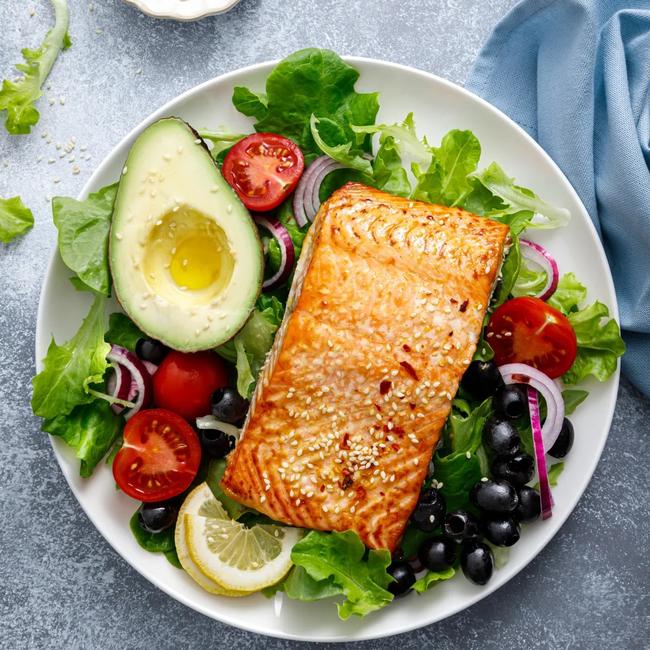
5. Don’t eat dinner after 8pm
Studies have shown that eating later in the evening is not helpful if you are trying to lose weight. A team at Brigham and Women’s Hospital found that late evening adversely affects hunger levels, the way people burn calories after eating, and the way they store fat.
Eating late can also hamper digestion, says Enaz, who suggests a cut-off of 8pm for your final calories of the day.
Good choices for evening meals include fish or lean meat with wholegrain rice or pasta and mixed vegetables or a stir-fry made with tofu and vegetables.
6. Eat protein with every meal
Protein is an important part of a healthy weight-loss diet. It supports muscle recovery and growth and reduces appetite, so that you are less likely to overeat. But you won’t need excessively high intakes of protein even if you are weight training.
Studies at McMaster University in Canada show that about 1.6g of protein per kilogram of body weight is enough to preserve healthy muscles in conjunction with an exercise plan.
For a man weighing 12.5st, that is about 128g protein per day – or two medium chicken breasts (50g protein each), a similar-sized serving of tofu (14g) and a hard-boiled egg (14g).
More than that does not lead to better muscle-building or fat-loss results,” Enaz says.
“With my male clients in their forties and over I recommend they aim for a source of protein at each meal for weight loss when they are doing resistance exercise.”
Other good sources include tins of tuna, salmon, turkey, tofu, Quorn, pulses, beans and yoghurt.
7. Don’t neglect wholesome carbs
Cutting out carbs is a big mistake that will lead to energy slumps. “Complex carbs such as high-fibre brown rice, quinoa and oats will help to fill you up even though you are eating less than usual,” Enaz says.
“New potatoes, skins on for added fibre, wholemeal pasta and sweet potatoes are often overlooked and wholemeal tortilla wraps are great at lunchtime.”
Pile up your plate with as many leafy greens and salads as you can – low in calories but high in filling fibre and nutrients.
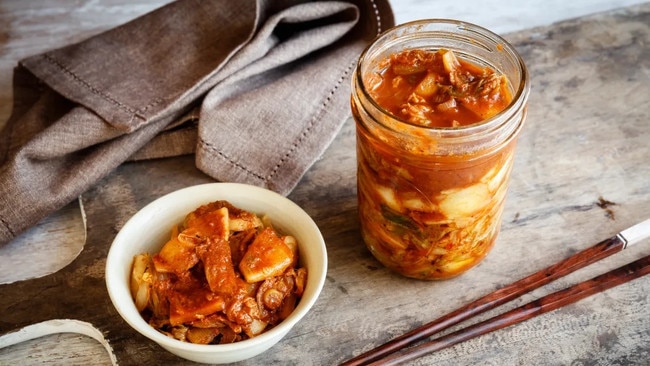
8. Include fermented foods to soothe mind and gut
Researchers reported in the BMJ Open that eating a daily serving of kimchi, a fermented food made by mixing salted sliced cabbage or radish with other vegetables and seasonings, cut the risk of obesity in 115,726 mid-lifers by 11 per cent.
Korean scientists said that eating the dish regularly might help to suppress the action of genes linked to weight gain and body fat.
“There are a lot of benefits to including fermented foods such as kimchi, but also sauerkraut and kefir in the diet,” Enaz says. “They can help with weight loss, gut health, even mood and anxiety when consumed daily.”
9. Snack three times a day, but make healthy choices
If you know you are prone to unhealthy snack attacks, keep crisps and biscuits out of arm’s reach and instead have hard-boiled eggs, vegetable sticks with low-fat dips such as salsa or a tablespoon of cottage cheese, 25g of 85 per cent dark chocolate, almonds and rice cakes or rye bread with peanut butter on standby if you do get an attack of the nibbles.
“The idea isn’t to eat too many of these throughout the day, but to have them accessible in case of an emergency,” Enaz says.
“My clients aim for three of these snacks when they need them and provision is included in the daily calorie target.”
Black tea and coffee or water are fine to drink throughout the day.

10. For better sleep, eat two kiwi fruit in the evening
“Try to get about eight hours of sleep per night to promote muscle recovery, but also to prevent hunger pangs and cravings the following day,” Enaz says.
He advises his male clients to eat two kiwi fruit each evening to help them sleep well. The green flesh of the fruit contains tiny amounts of the hormone melatonin, which plays a role in circadian rhythm regulation.
A study by researchers at Northumbria University’s sleep research centre, the University of Limerick and Sports Ireland Institute in Dublin showed that eating two kiwi fruit an hour before bed had a positive effect on total sleep time and enhanced recovery from exercise.
11. If you do want a drink, stick to spirits with low-calorie mixers
Alcohol does not have to be banned, but it is wise to restrict to 1-2 drinks on no more than 1-2 days of the week.
“Avoid calorie-laden wine, beer, cocktails and stick to spirits with low-calorie mixers such as vodka and Diet Coke instead,” Enaz says. “And make sure they are included in your daily calorie count.”
It is easy to consume more calories than you think with a few drinks. According to the charity Drinkaware, a pint of lager contains 181 calories, a small bottle of beer 143 and a large glass of wine 225. Spirits are not calorie-free but do contain less, with a single shot of gin providing 55 calories, a single vodka and Diet Coke 105 calories and a single shot of tequila containing 48.
12. Consider supplements while on a weight-loss diet
If you restrict calories you can also unwittingly restrict nutrient intake. “Supplements are not essential, but I usually recommend my clients take a good multivitamin when they start reducing their calorie intake,” Enaz says.
“I also suggest middle-aged men take an omega-3 supplement as it is helpful for joints and also has an anti-inflammatory effect on the body and studies have identified a link between inflammation and being overweight.”
In 2022 researchers from Eastern Mediterranean University in northern Cyprus and Guven Hospital in Turkey reported overweight midlifers who were asked to take an omega-3 supplement for 12 weeks achieved significantly greater abdominal fat loss and a lower overall body-fat percentage than those who did not take the supplement.
13. How to avoid falling off the wagon
Changes to your eating habits will often trigger cravings for foods that you have removed from your diet. Logging meals on an app is a good idea to stay accountable and see how many calories you have consumed,” Enaz says, and suggests Cal AI and myfitnesspal are useful for this.
“A lot of my clients find this motivating as they can then work out how much time and effort they’d need to put in at the gym to work them off.” If you really do need to give in to a sugar craving, don’t resort to sweets and biscuits.
“Sugar-free syrups, vanilla extract and cinnamon are great standbys and can be added to yoghurt for a sweet fix,” he says.
“And 85 per cent dark chocolate is lower in sugar than milk and other varieties, plus it has the benefit of antioxidants, so allow yourself a couple of squares.”
The Times


